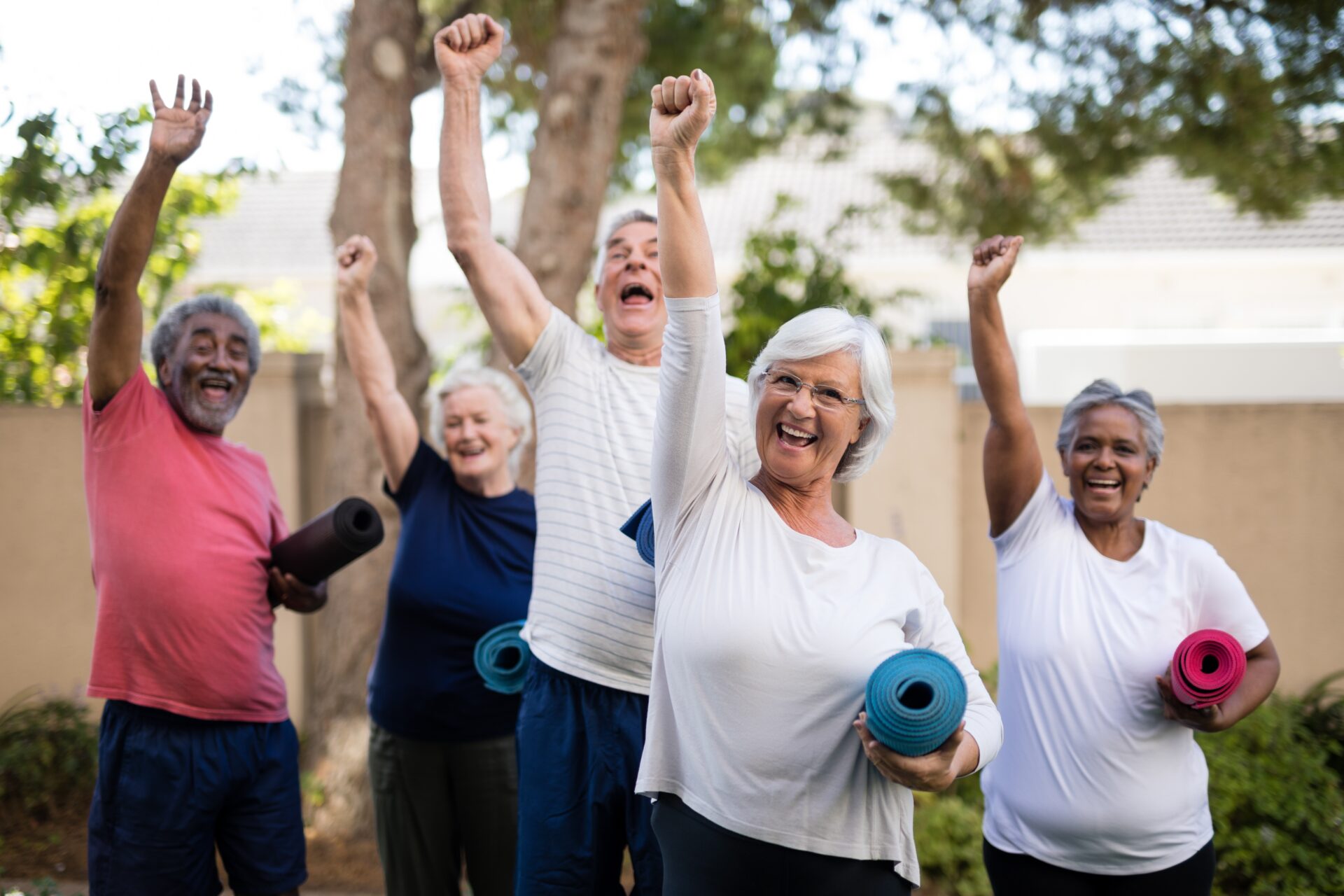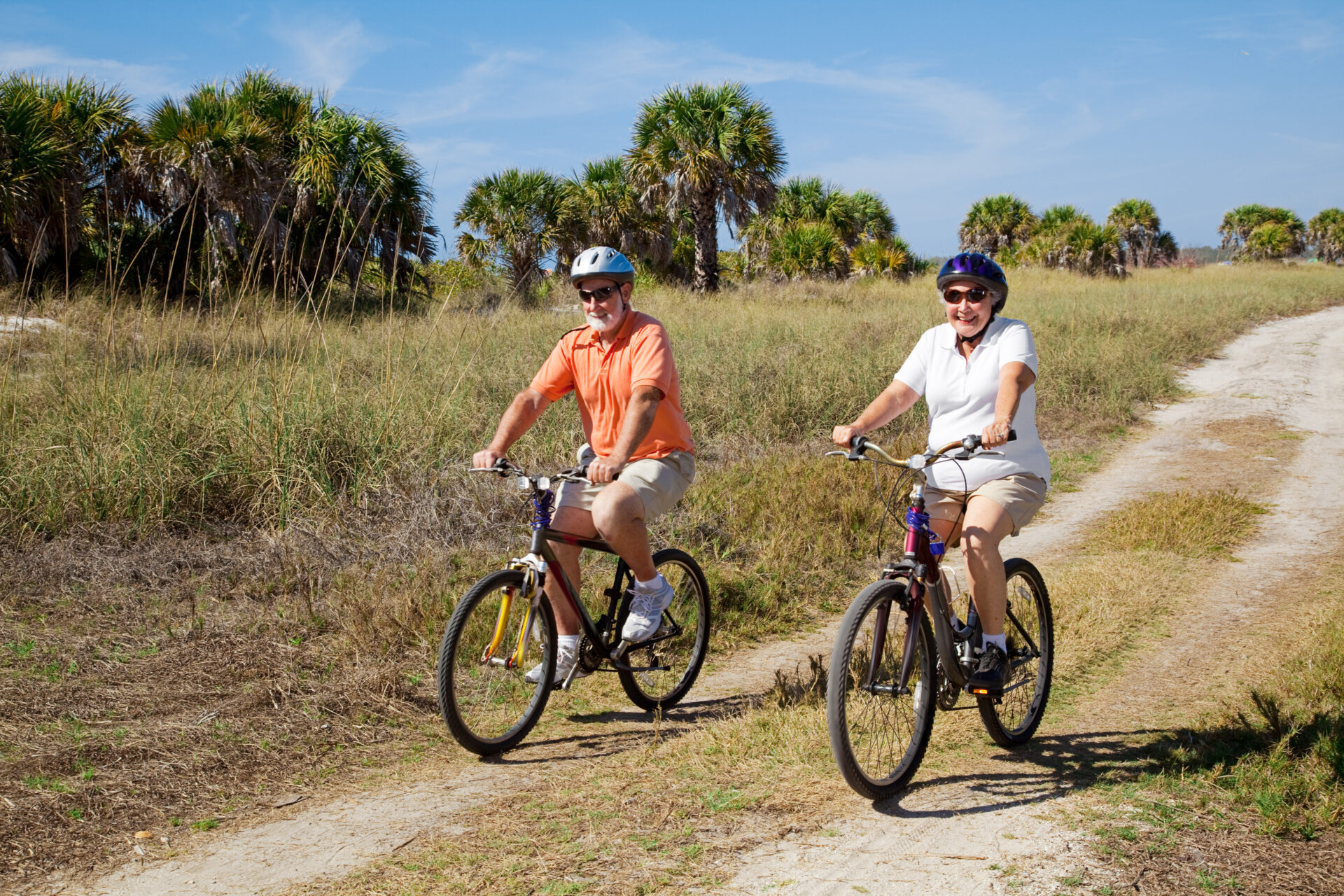Survey
2024 Age-Friendly Community Survey

Join us in shaping Miami-Dade’s future! Your voice is crucial in updating our Age-Friendly Initiative Action Plan for 2024. Share your experiences and insights by participating in this year’s survey. Your feedback will directly influence our strategies and projects, ensuring a livable community for all ages. Help us make Miami-Dade an even better place to live, work, and thrive.
The last survey was conducted in 2017, and since then several significant events have occurred in Miami-Dade County that have impacted older adults and the overall livability of our communities. Three notable areas include the Expansion of Age-Friendly communities in MDC, as part of the Initiative’s work on the Action Plan, Hurricane Irma (2017), and the COVID-19 pandemic (2020—present).
- Expansion of the Miami-Dade Age-Friendly Initiative: Miami-Dade County has made substantial progress in expanding the Age-Friendly Initiative. This includes the implementation of various projects and policies aimed at improving the lives of older adults. Notably, the initiative has focused on enhancing public transportation, increasing the availability of affordable housing, and improving public parks to be more accessible. These efforts aim to support the health, participation, and security of older adults, ensuring their ability to live actively and comfortably in their communities.
- Hurricane Irma (2017): Hurricane Irma had a significant impact on Miami-Dade County, particularly affecting older adults. The hurricane highlighted the vulnerability of this population during major disasters, leading to increased efforts in emergency preparedness and response for older residents. This event spurred improvements in how the county addresses the needs of seniors during emergencies, including better communication, evacuation assistance, and post-disaster support.
- COVID-19 Pandemic (2020-present): The COVID-19 pandemic has had profound impacts on older adults in Miami-Dade County. The pandemic led to heightened focus on the health and well-being of older populations, accelerating initiatives for remote healthcare services and digital communication to maintain social connections. Additionally, it prompted more robust community support networks and highlighted the need for accessible healthcare services and the importance of social support systems in enhancing the resilience of older adults during health crises.
We need to hear from older adults who live or work in Miami-Dade about what is important to them now that their priorities may have shifted, given these notable updates and improvements in infrastructure and programming, emergency management concerns, and the knock-on effects of the pandemic that continue to reverberate across our county and the country.
Takeaways from the 2017 Survey
AARP Research Age-Friendly Community Survey, Miami-Dade County, 50+
The majority of Miami-Dade County residents age 50+ believe their community is a good place to age and want to live there independently for as long as possible. Residents age 75 and older are more likely than younger residents to say that staying in their community as they age is extremely or very important.
Summary of Data
In 2017, AARP surveyed 525 Miami-Dade County residents aged 50 and older, rating their community on various aspects across WHO’s 8 age-friendly domains using a scale from excellent to poor. The survey, adjusted for demographic factors, had a margin of error of ±4.3%. Results indicated high ratings for Community & Health Care, Transportation, and Housing domains, particularly for traffic signage and healthcare facility maintenance. However, Civic Participation & Employment and some Housing elements were rated poorly, highlighting a need for better job flexibility and affordable housing for seniors.

Understanding the Data
- Survey Conducted: 525 residents aged 50+ in Miami-Dade County.
- Domains Rated: 63 characteristics across WHO’s 8 age-friendly domains.
- Rating Scale: Excellent to poor
- Top-Rated Features:
- Community & Health Care: Well-maintained hospitals and healthcare facilities.
- Transportation: Easy to read traffic signs.
- Housing: Well-maintained homes and properties.
- Low-Rated Features:
- Civic Participation & Employment: Lack of flexible job opportunities for older adults.
- Housing: Need for more affordable housing options.
Note:
- Demographic Adjustment: Weighted by age, gender, race, ethnicity, AARP membership.
- Margin of Error: ±4.3%.
You may access the infographics illustrating the two surveys’ results, as well as a copy of the full results produced by AARP Research showing additional survey results below.
Miami-Dade Age-Friendly Initiative Short Community Survey, 50+

AFI Miami Dade Short Survey Summary
The Miami-Dade Age-Friendly Initiative conducted a short survey across all livability domains, gathering responses from 1,128 residents aged 50+ in Miami-Dade County using convenience sampling. Surveys were distributed both online and on paper through partnerships, senior centers, and community liaisons. This approach achieved a sample size that corresponds to a 2.9% statistical error at a 95% confidence level.
Understanding the Data
- Survey Focus: Broad evaluation of each livability domain.
- Methodology: Convenience sampling via paper and online surveys.
- Participants: 1,128 individuals aged 50+ from Miami-Dade County.
- Distribution Channels:Partnerships, senior centers, community liaisons.
Note:
- Statistical Confidence: Statistical Confidence: 2.9% error margin at the 95% confidence level.
Miami-Dade Age-Friendly Initiative Short Community Survey, 50+
To add to the research conducted by AARP Research, the Miami-Dade Age-Friendly Initiative also developed a short survey that looked broadly at each domain of livability and surveyed an additional 1128 individuals age 50+ who reported living in Miami-Dade County via convenience sampling through paper and online surveys. These were distributed and collected through leveraging partnerships through the initiative and through distribution at senior centers and through the help of community liaisons. The sample size of 1128 individuals surveyed represent a 2.9% statistical error at the 95% level of confidence.
The respondents were asked questions related to each domain of livability and were asked how important each domain was as well as how they would rate the current status in the community.
We used this information to develop an urgency matrix for domains. The areas that moved to the top of the list were related to:
- Housing
- Employment
- Community Support & Health Services
- Transportation
In addition to looking at the urgency overall throughout Miami-Dade County, we also looked at the urgency by Commission district and every district included Housing as an urgent need. Others urgent areas that were also seen matched those in Miami-Dade overall – related to employment, transportation, and community health and supportive services. This is not to say the other areas are not important, but the areas above were at the top of the list due to urgent attention. Other areas, such as Outdoor Spaces & Buildings that are at the bottom of the urgency matrix are also very important and are likely less urgent due to the work that has already been accomplished in this area such as the Miami-Dade Parks, Recreation, and Open Spaces Department’s Active Older Adults programming and senior-friendly hubs.
In addition to the overarching questions that were posed to the respondents, they were asked for qualitative feedback. Some of the overarching themes there were found in their responses and concerns included:
- Concerns with lack of reliable transportation options and connections to transit
- Lack of affordable and progressive housing options
- Limited availability of and/or information on activities and resources in the community
- The need for pedestrian infrastructure and safety features
- Improvements need in terms of social inclusion and opportunities to be social
- Concerns with the overall cost of living in Miami-Dade
- Challenges finding employment as older adults
- The need to include older adults in the decision-making process and ensuring they are at convenient times and places
The following pages highlight some of the results of the short survey including responses related to each domain of livability and the urgency matrices developed for Miami-Dade.
Lead Agencies
Our partners include the following lead agencies: AARP Florida, Alliance for Aging, Florida Department of Health in Miami-Dade County, Health Foundation of South Florida, Miami-Dade County, Miami-Dade Transportation Planning Organization, United Way of Miami, and Urban Health Partnerships.






